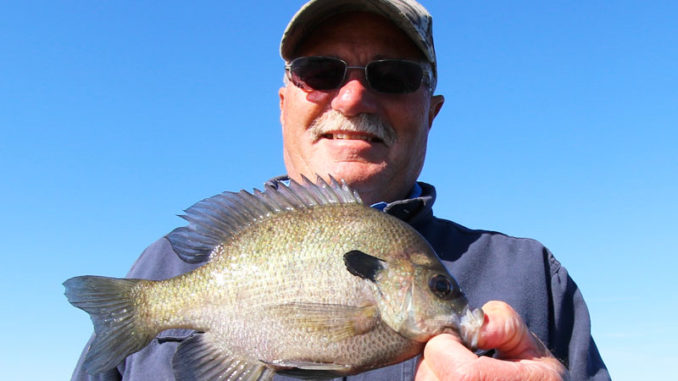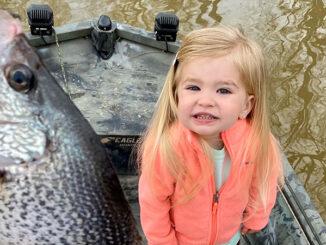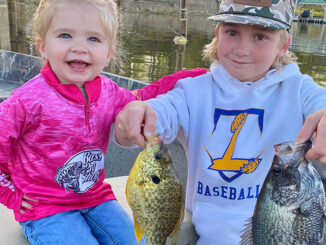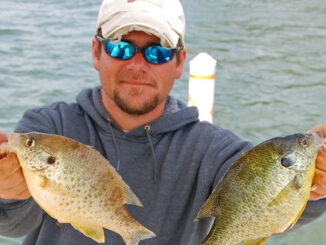
Go deep for early spring bream this month
Most anglers in the Carolinas are waiting until next month’s full moon to get after bluegills. April can be a tough month for them, unless you know where to find them. And Jackson Bailey of Rembert, S.C., has a spot that never fails him in the early spring.
Bailey found this Lake Wateree honey hole by accident about 15 years ago, and he said it continues to produce for him this time every year. The trick is going deep.
“I was actually catfishing, anchored down right in front of the dam on the lower end of the lake just off the Buck Hill Landing boat ramp,” he said. “Fishing on the bottom with a whole night crawler, I kept getting strong bites, but I couldn’t set a hook in one. I scaled down my hook size, thinking it was smaller cats, and man, I caught a big ol’ bluegill. It was more than 30 feet deep there, and it surprised me to catch that.”
Bailey fishes out of a pontoon boat with what he calls “probably the first fish finder ever made,” and the only reliable function is the depth reader.
Just find the deep holes
“I never have gotten into upgrading electronics since the first one came out,” he said. “It had very few features to begin with, but now the only one I can count on for accuracy is the depth. So it doesn’t take anything fancy to do this. I just look for deep holes. It’s really deep in that part of Wateree, but if you look hard enough, you’ll find some slightly deeper areas that are twice the size of the boat. They might be just half a foot deeper than the rest, but that’s plenty. The bream like to be either in that hole, or just on the edge of it.”
Thinking that first bluegill was a fluke, Bailey put another whole night crawler onto his hook and made another cast. A minute later, he pulled another bream up.
“I caught about a dozen in that hole, then I pulled up anchor and looked around for more deep holes. I blanked on a couple of spots, but I caught my share out of a couple of others. On that first trip, I was using a Carolina rig with a 1-ounce egg sinker because I was targeting catfish. But now I use a 1/2-ounce sinker above a swivel, then about an 18-inch leader of 6-pound mono. I’ve tried even less weight than that, but it takes so long to get down and if the dam is drawing any current, it will never reach bottom,” he said.
Bailey alternates between using a whole night crawler on a No. 4 Tru-Turn hook and using just a small piece of worm. He lets the fish decide what he’ll stick with.




